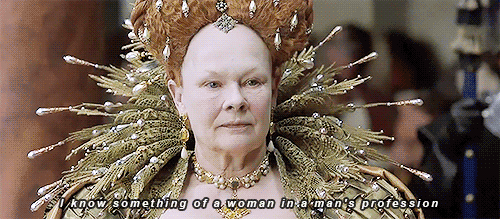Was Queen Elizabeth Really A Farm Boy Named Neville?
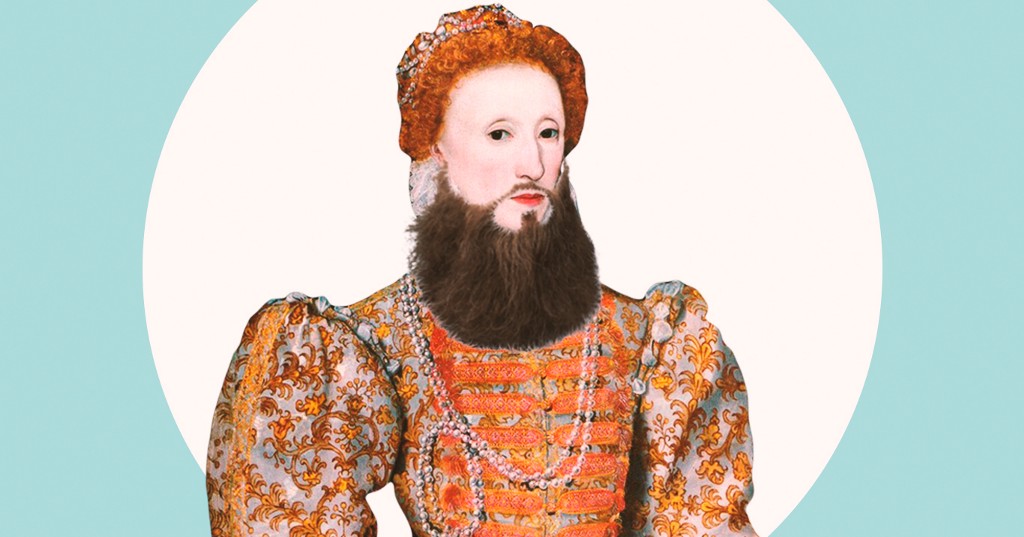
Ahhh, so *this* explains the whole “Virgin Queen” thing.
Queen Elizabeth I was arguably the most influential monarch to ever grace England’s throne. I mean, girlfriend has a whole era named after her. I can’t even get the pizza place I practically live in to get my name right.
However, heavy is the head that wears the crown. Elizabeth’s reign, though magnificent, was also filled with wild conspiracy. Perhaps the oddest of them all is that Queen Elizabeth I was a man.
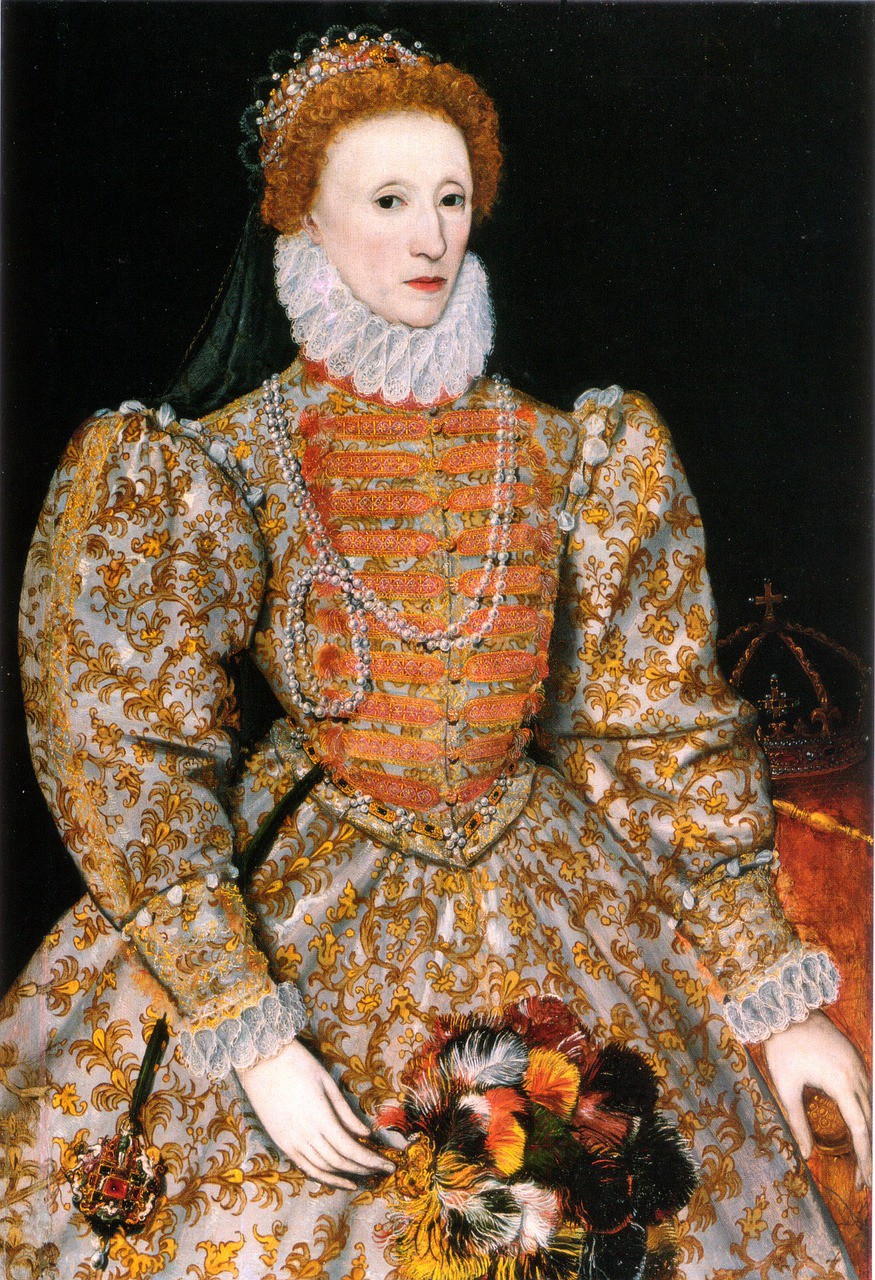
Let’s take this delicious conspiracy theory one bite at a time.
Elizabeth was the daughter of Henry VIII and Anne Boleyn. As Henry was wont to do, he beheaded Anne Boleyn. At the young age of three, the future Queen was left with her paranoid father, the man who loved a good execution, and older half-sister, who would come to be known as Bloody Mary. So, it was pretty much your average happy childhood.
The conspiracy begins right about the time England was hit with the bubonic plague. I will not go into the details of the symptoms; just know this is not a disease you want. In an effort to dodge the plague, 10-year-old Elizabeth was sent with her governess Lady Kat Ashley and guardian Thomas Parry to the small farming town of Bisley.
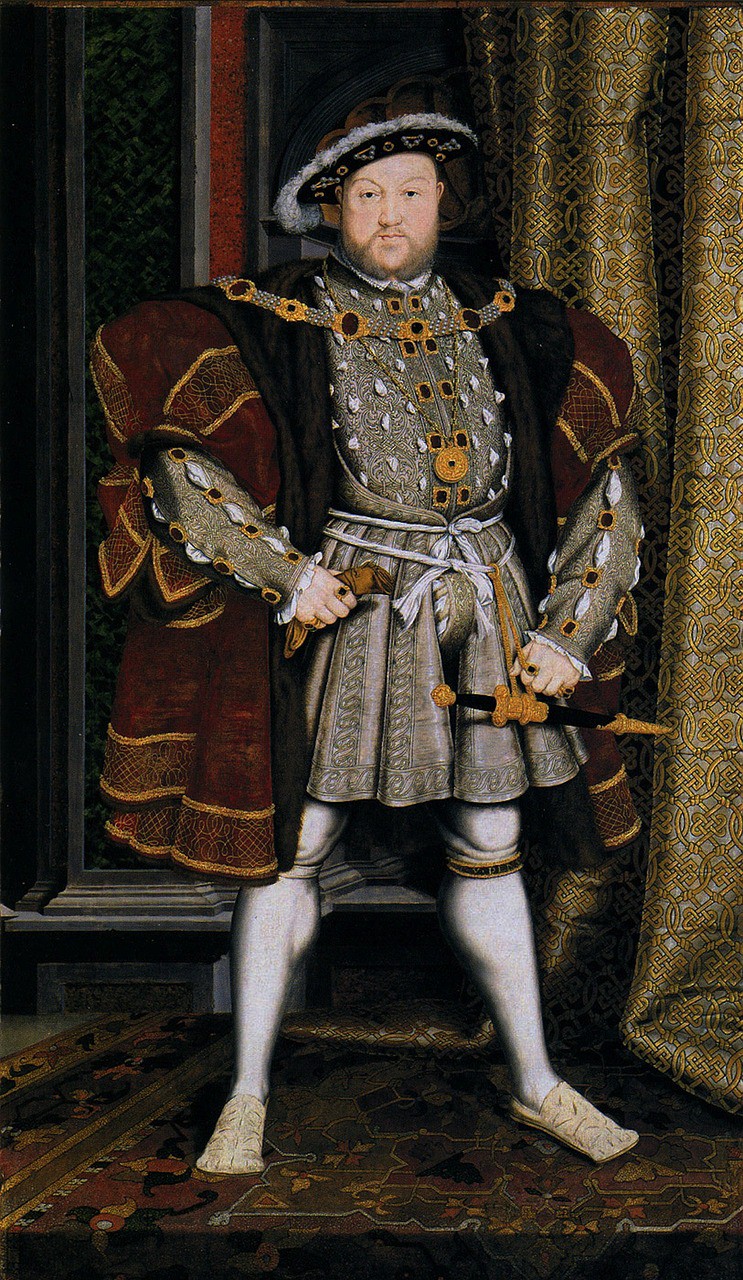
In a way, it worked — Elizabeth did not get bubonic plague! And this is where the conspiracy takes a sharp turn into Crazy Land. Though she avoided succumbing to the Black Death, theorists believe she did die of unknown causes. So when Henry VIII said, “Surprise! I’m on my way to visit my beloved daughter,” Lady Kat and T. Parry went into a nervous tizzy. They hatched a plan that would change England forever.
Kat and T. Par decided to save their heads by finding a lookalike in Bisley to impersonate Elizabeth. Unfortunately, since Bisley was such a small town, there were no girls around the age of 10, but that was not going to stop their genius plan. They noticed that Elizabeth’s good friend Neville (NEVILLE!) had the same coloring and was the same size as Elizabeth. So! They dressed Neville up like his dead friend and made him lie to the most feared man in England. Not a great deal for our young Neville. There was no way this was going to work.
It worked. (If you believe the theorists’ wild conjectures.)
It worked so well, in fact, the ruse continued. Eventually Henry VIII and Bloody Mary died and Neville took the throne as Queen, a reign that continued for 44 years. During his/her reign, no one was allowed to see Queen Elizabeth Neville I without the wigs and heavy makeup s/he always donned. Her Highness’ dresses were known to be lavishly large and have high necklines. She only allowed a select few physicians to examine her and would wait for weeks at a time rather than let physicians in closer physical proximity give her a checkup. Perhaps most famously, however, she was known as “The Virgin Queen,” refusing to marry. Right before she died, she was very adamant that no one give her an autopsy. Suspicious, RIGHT??? C’mon, guys, RIGHT?
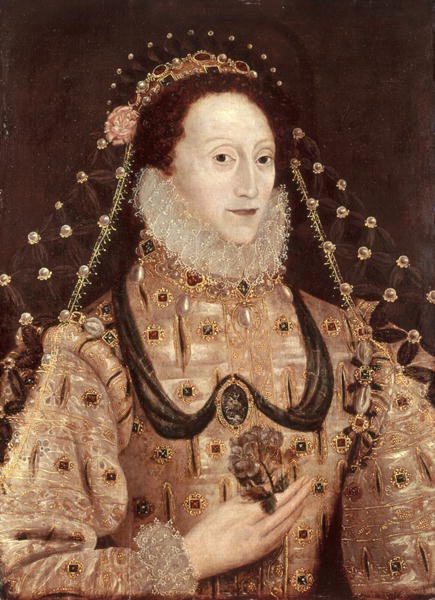
She also undid almost all of the terrible laws Bloody Mary put into place, restored goodwill between France and England and fought tooth and nail to ascribe legitimacy to the arts. That, however, does not really bolster the conspiracy, so who cares?
So, centuries later, how does this conspiracy still have lasting power? You can thank Bram Stoker. Yeah. The Dracula author. It all started when Bram visited Bisley and saw a parade that featured a young boy dressed as a queen. Bram naturally had a couple of questions and was fascinated by the answers. He heard tales of Neville and a mysterious coffin that was found outside Bisley, containing the body of a child dressed in royal Tudor clothing. So Bram said, “F*ck vampires” (a sentiment we’d all share in 2008) and turned his focus to this conspiracy theory. You can read the Elizabeth portion of his book “Famous Imposters” here. Hopefully you enjoy it more than the New York Times, which called it “tommyrot.”
This conspiracy is particularly relevant in 2016, when the media is humming with the question of how a woman in power is “supposed to” behave. So whether you believe that Queen Elizabeth I was or was not a man, one thing is fairly clear:
It’s a drag to be queen.
